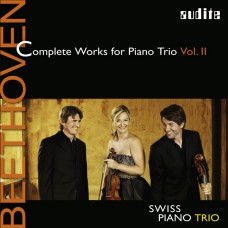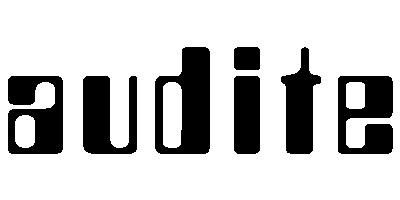您的購物車沒有添加專輯!
搜尋
貝多芬:鋼琴三重奏第二號、第五號 Beethoven: Complete Works for Piano Trio . Vol. II
|
After the successful beginning of the new complete edition of the Beethoven Piano Trios with the Swiss Piano Trio, audite now presents the second part of the series. The concept of the stimulating contrast between early and later Trios is being continued. In the early Piano Trio, Op. 1 No. 2, Ludwig van Beethoven turns to formal concepts of the symphony and string quartet, as he does in the other two Lichnowsky Trios. He incorporates the contrapuntal compositional techniques that he had studied extensively with Johann Georg Albrechtsberger concurrently with the composition of the Trios. With the Piano Trio in D major, Op. 70 No. 1, composed 13 years later, Beethoven embarks on the path of a consistent individualisation of each work, for example through the use of novel compositional techniques and detachment from fixed generic forms. The central second movement creates a sombre mood through strong effects of contrast in the harmony and melody. The eerie sound effects unheard of until this time, only made possible by the advances made in instrument manufacturing around 1800, substantiated the name “Ghost Trio” added posthumously. Both works convey an impression of Ludwig van Beethoven's widely differing compositional concepts and bear witness to the inexhaustible variety of his musical ideas. Ordering |
|
Ludwig van Beethoven Piano Trio No. 2 in G major, Op. 1,2 33:17 1. I. Adagio – Allegro vivace 11:52 2. II. Largo con espressione 9:47 3. III. Scherzo. Allegro 3:43 4. IV. Finale. Presto 7:55 Piano Trio No. 5 in D major, Op. 70,1 28:14 5. I. Allegro vivace e con brio 10:42 6. II. Largo assai ed espressivo 8:39 7. III. Presto 8:53 |
編號 |
曲目 |
長度 |
作詞 |
作曲 |
演奏 |
樂團 |
演唱 |
指揮 |
試聽 |
|---|


